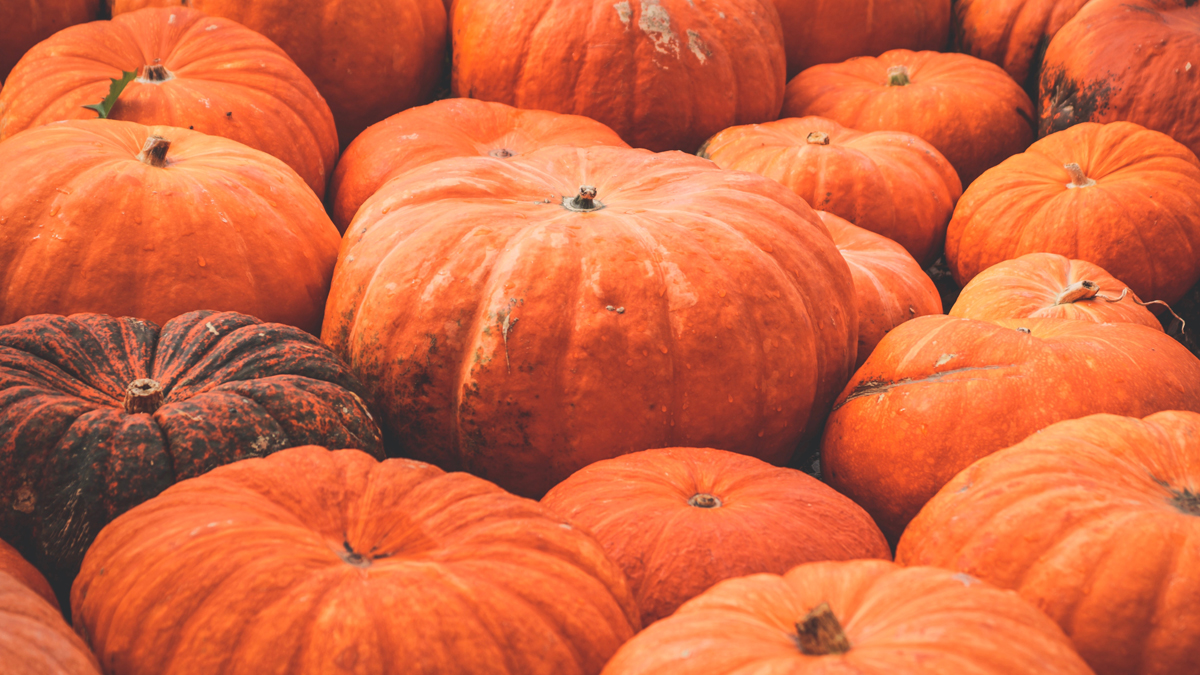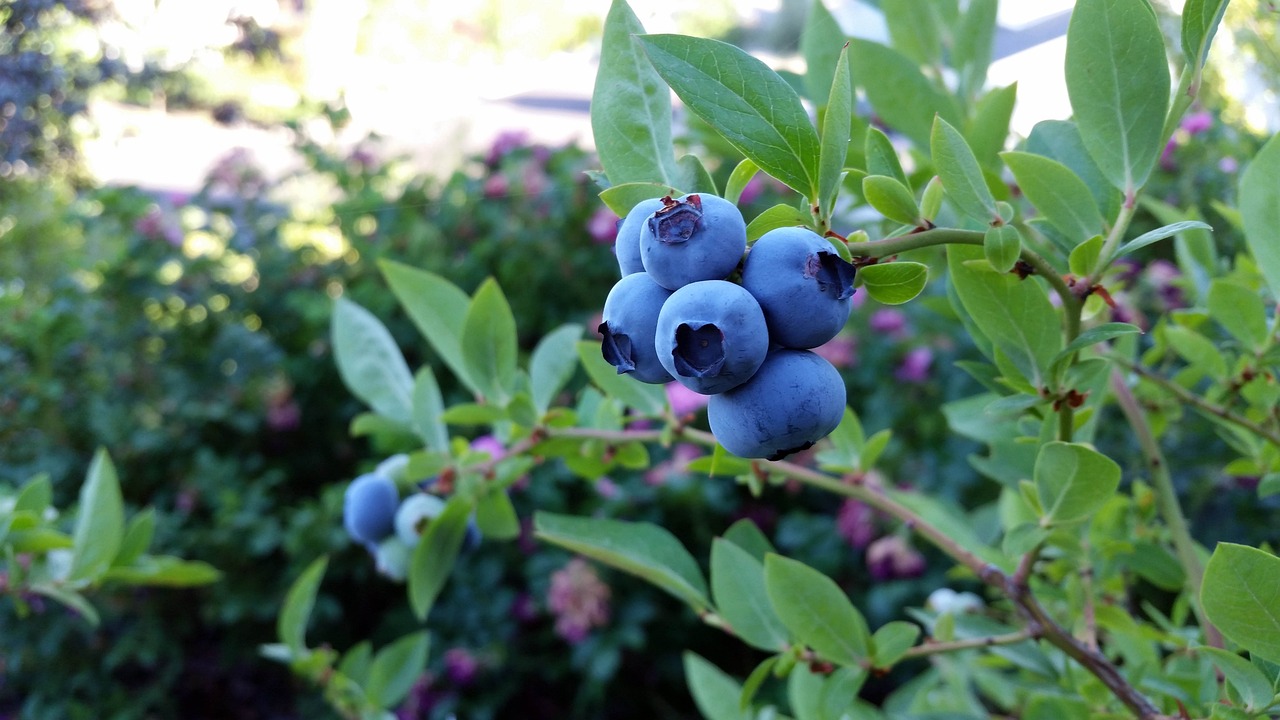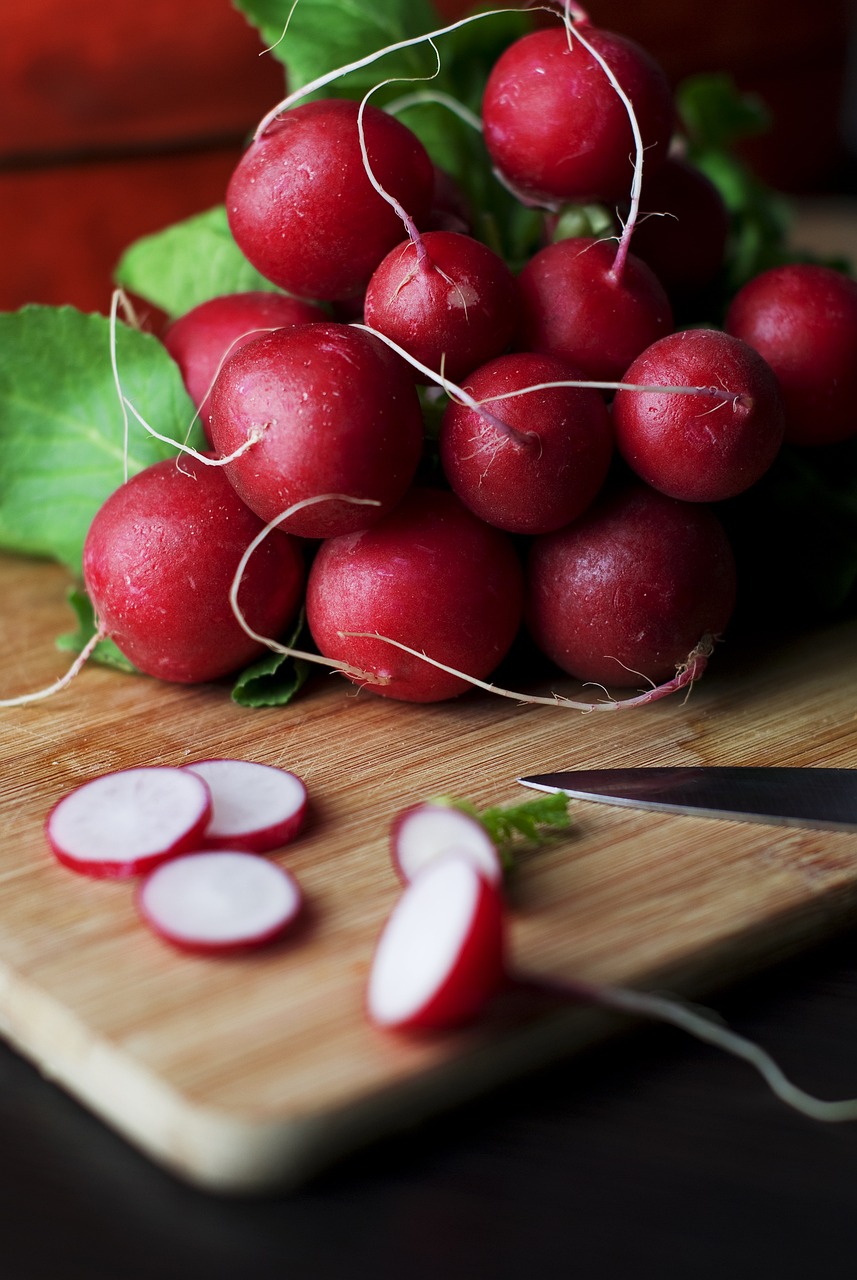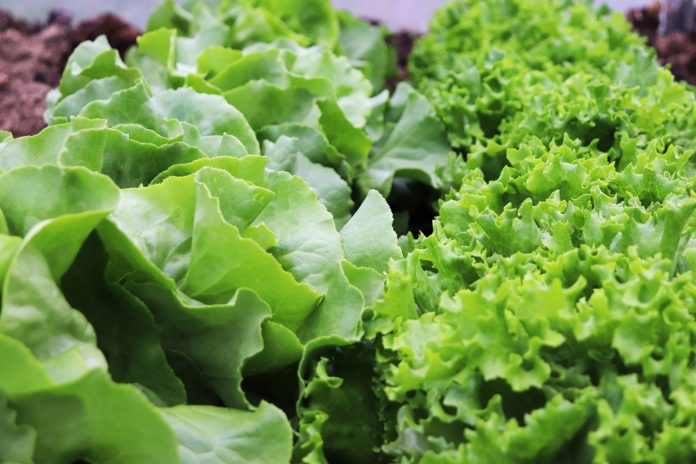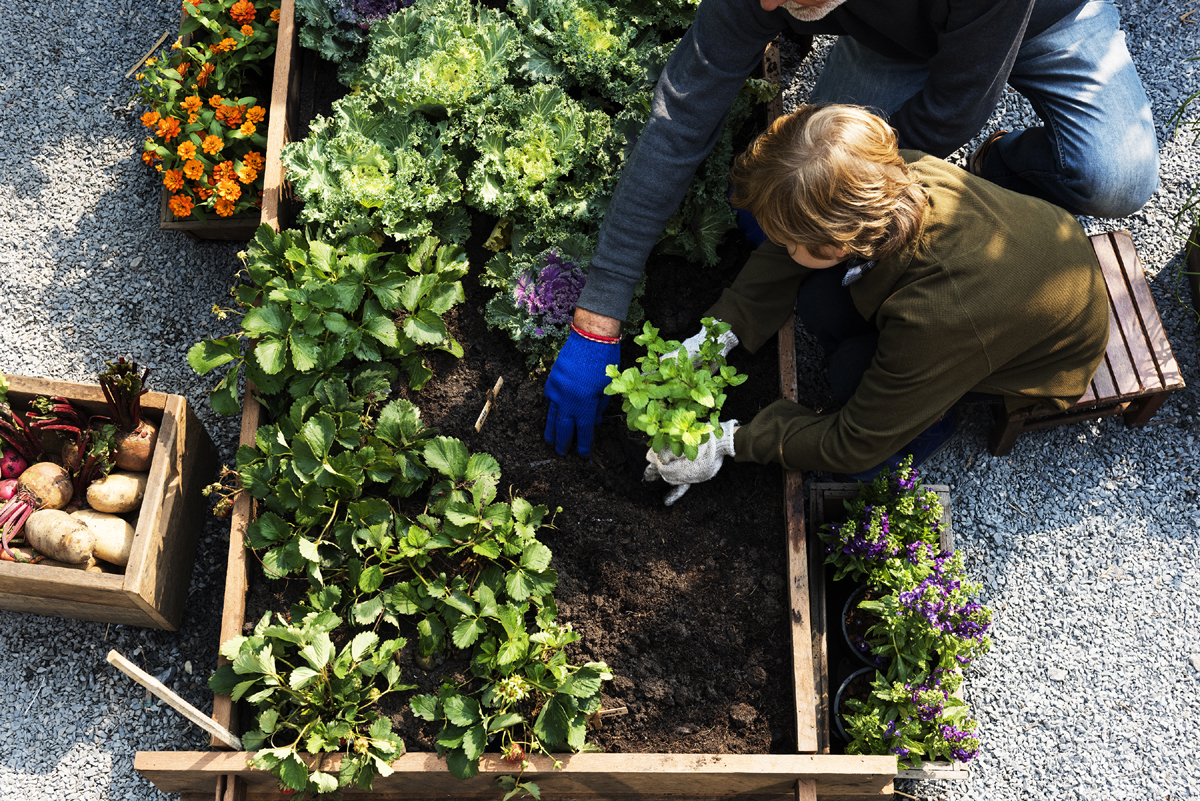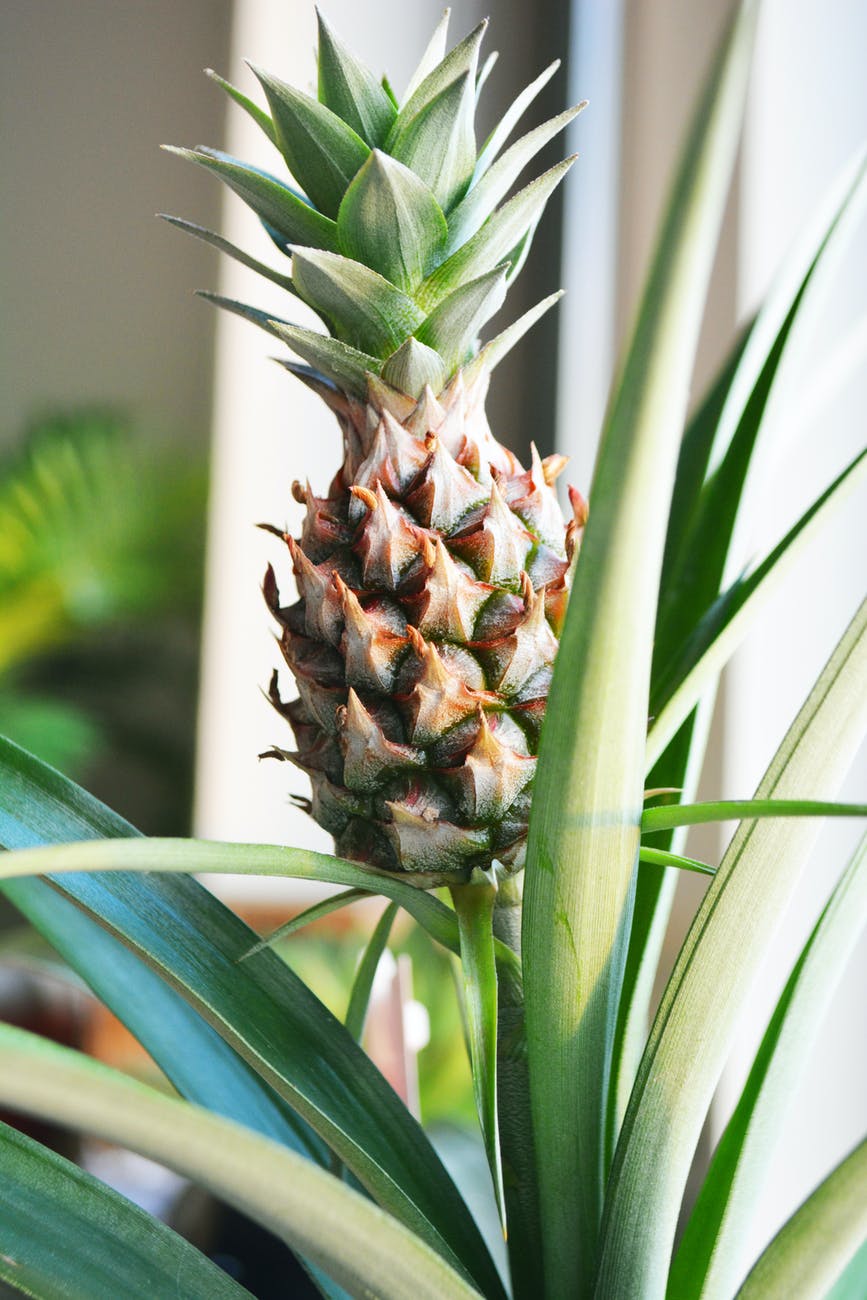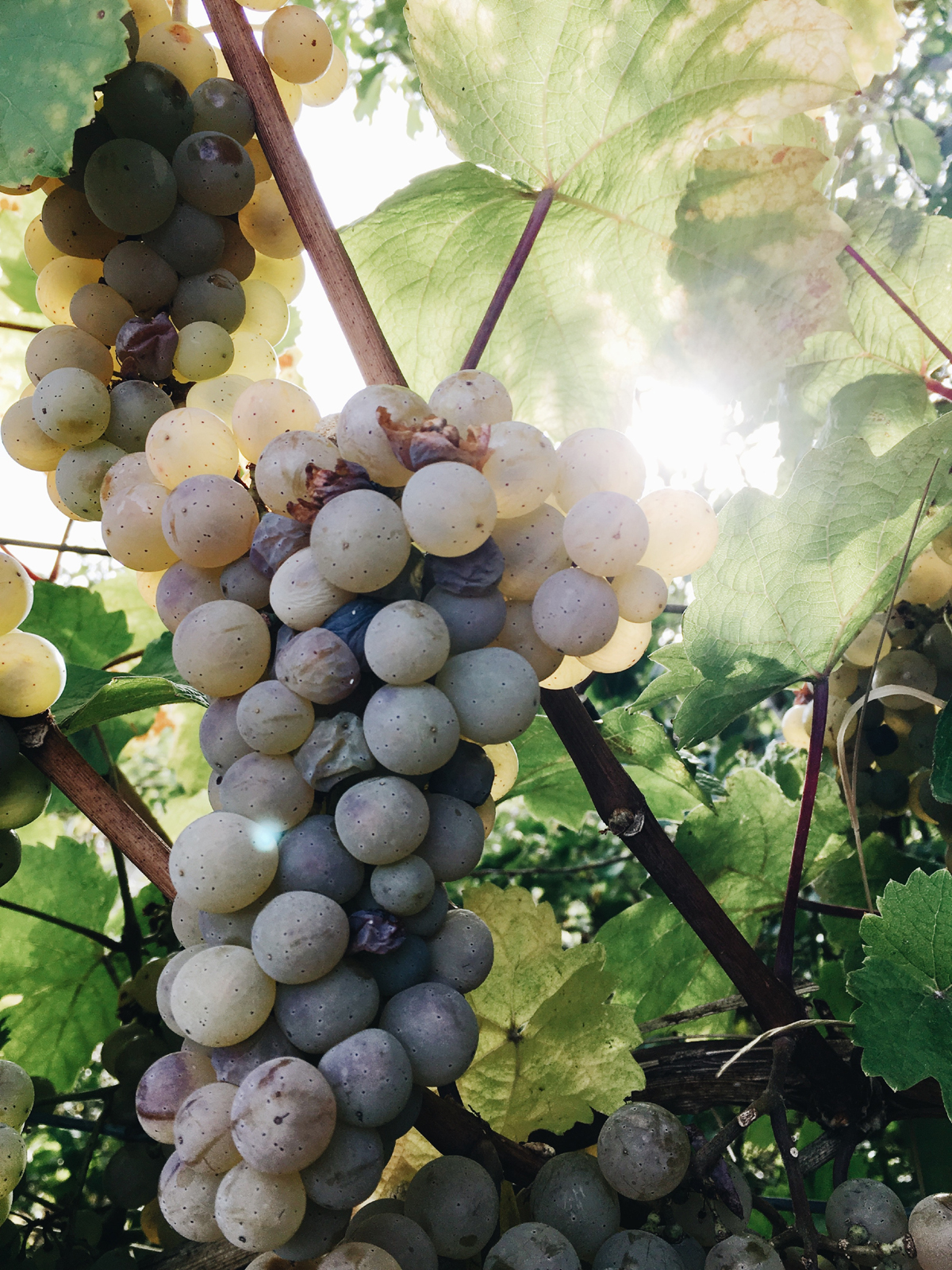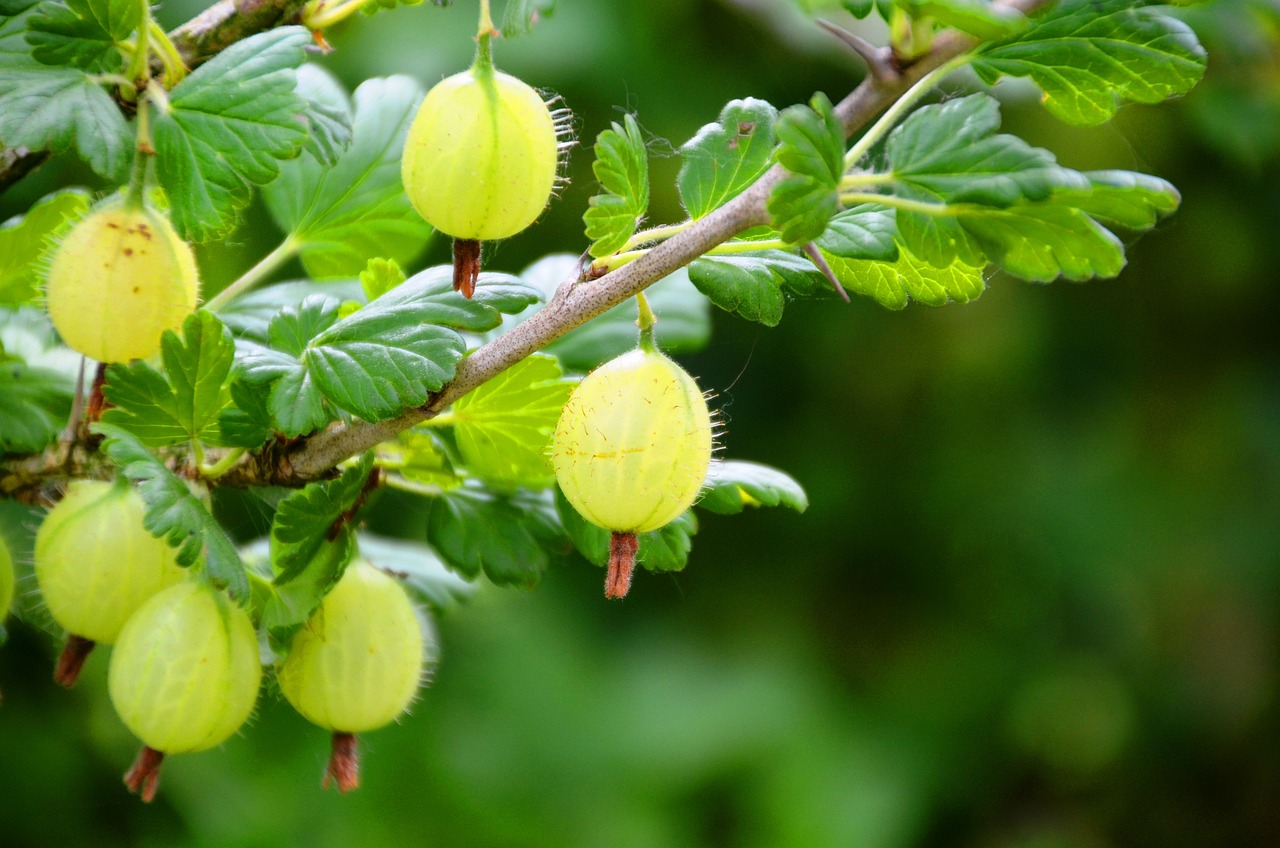Organic Gardening 101
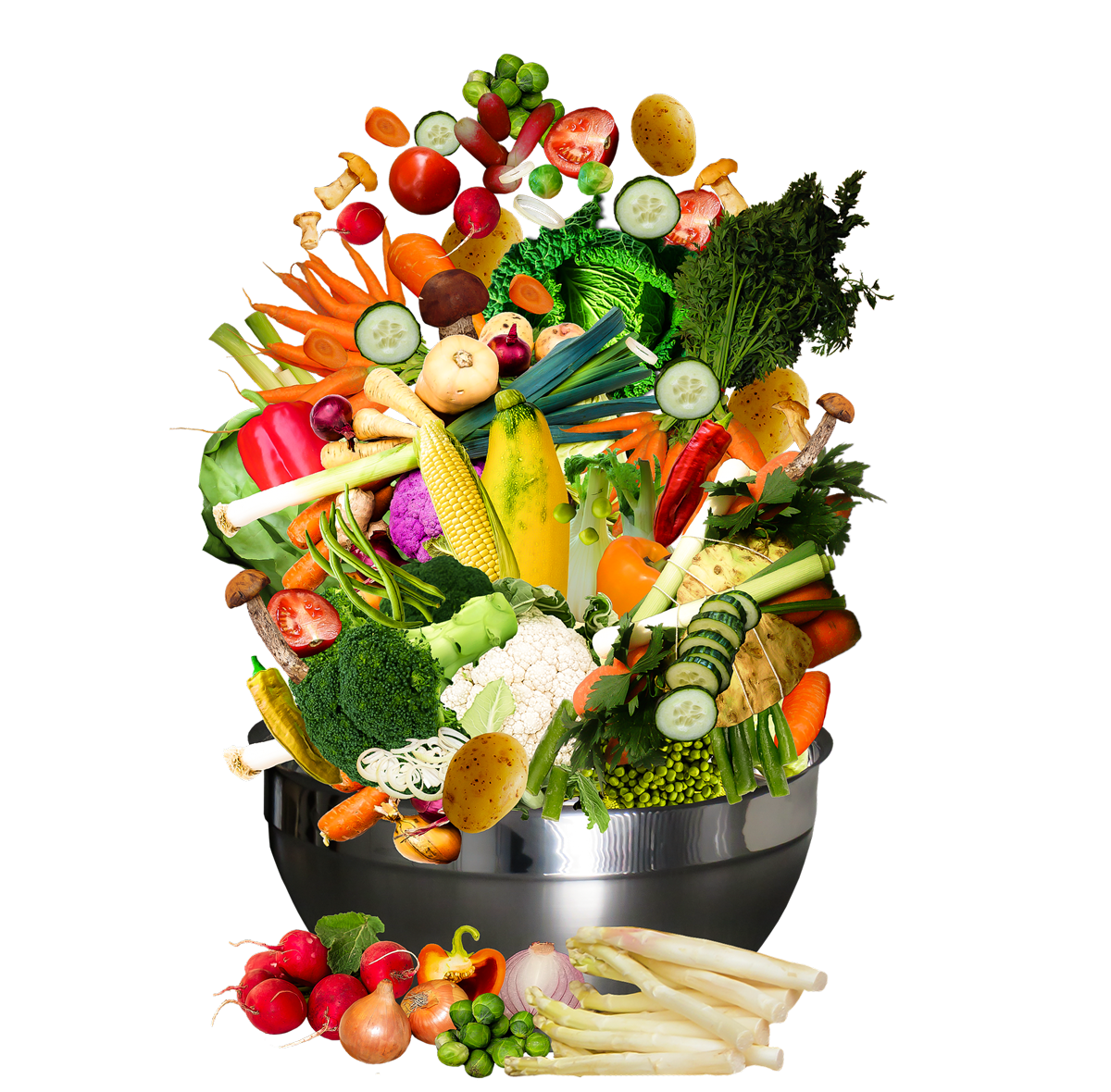
“Organic gardening is not just the avoidance of chemicals, in the larger view, it is organic living using nature’s laws.” I read this quote by an unknown person sometime ago and realized that my parents and others like them were organic gardeners long before the current resurrection of these principles.
They didn’t use chemicals on the food they would feed to their children and gardening was a part of daily living to ensure there was sufficient food to preserve for the long winters. Everything was re-cycled and kitchen scraps were routinely thrown onto the garden to replenish the earth. Organic fertilizers such as manure were used and the only fertilizer on the roses was bone meal. My mother and father produced the best tasting vegetables and lots of them – enough to feed a family of seven throughout the winter. Birds, worms, and other signs of a living earth were welcomed into the garden.
In recent times synthetic chemical fertilizers, pesticides, and herbicides have become the practice most common among commercial agricultural practices. These practices have had some undesirable results such as the loss or depletion of topsoil, land becomes less fertile, and the excessive use of pesticides has resulted in pests resistant to the current chemicals resulting in the development of even stronger chemicals. Our environment is being damaged by toxic chemical spills, chemicals leaching into rivers and water supplies are contaminating our drinking water, and the effect of global warming is becoming a major part of the political agenda.
Our personal diet and health is a major topic of importance as more attention is being paid to the relationship between food and health. Research has demonstrated that organically grown vegetables are higher in vitamins and minerals than those grown with inorganic fertilizers. Gardening organically and growing as much of our own food as possible is one of the steps we can take to start healing the earth on which we live and in the process healing ourselves. Several key components are fundamental to the practice of organic gardening.
Practical Steps to Organic Gardening
1. Soil. The soil is kept healthy by working with Nature rather than against it. Practices include using organic fertilizers such as manure to replenish the earth and all refuse produced by the garden should be recycled back into the garden. Organic gardening uses all of the waste produced in the garden such as grass clippings, leaves, and leftovers from the kitchen to make compost that feeds the soil and keeps it full of the nutrients necessary to grow crops.
2. Avoid the use of all synthetic chemical fertilizers, herbicides, and pesticides. Eliminating the use of chemicals in the garden allows gardeners to not worry about children, pets, and wildlife coming in contact with synthetic weed killers and fertilizers on the lawn and shrubs. The food grown is pesticide-free, additive-free, and nutritious food for the table.
3. Sustainability. In his book, Gardening Organically, John Fedor defines sustainability as “the ability of a society or an ecosystem to function indefinitely without squandering the resources on which it relies.” Organic gardening does this by ensuring there is no loss of nutrients or topsoil in the garden.
4. Environmental Stewardship. Gardening organically means that the environment benefits from the reduction in contamination of the water supply and air pollution. It means that we provide a habitat for wildlife including beneficial insects and animals.
5. Wildlife-friendly Habitats. Informal areas can be created to assist wildlife in their search for habitat where they can survive the destruction of many areas; destruction that have now endangered many species.
6. Intensive planting. Plants are spaced closely together to conserve water and shield the soil from sunlight thus helping to prevent weed seeds from germinating and growing.
7. Biodiversity. Biodiversity ensures that when a change in growing conditions occurs, a single crop from a monoculture does not lead to a crop failure. The food supply does not become jeopardized when a diversity of species are planted.
8. Rotating Crops. Crop rotation assists in the control against soil-borne pests and diseases. This rotation makes a difference in the productivity of the garden as those diseases that affect the plants are kept in check by the rotation of the crops to other areas of the garden.
9. Watering and Weeding. Rainwater can be saved to water the garden. Soaker hoses, drip irrigation, and watering by hand conserve water. Mulches are invaluable in both water conservation and slowing down weed germination.
10. Saving Seeds. Save some seeds from your best plants when harvesting crops. Many old varieties are being lost at an alarming rate and preserving this biodiversity is important. Some of these saved seeds have been used to develop new strains after disaster has affected commonly cultivated varieties.
The Author:
Gwen Nyhus Stewart, B.S.W., M.G., H.T., is an educator, freelance writer, garden consultant, and author of the book The Healing Garden: A Place Of Peace – Gardening For The Soil, Gardening For The Soul.
Gwen Nyhus Stewart © 2004 – 2007. All rights reserved.

